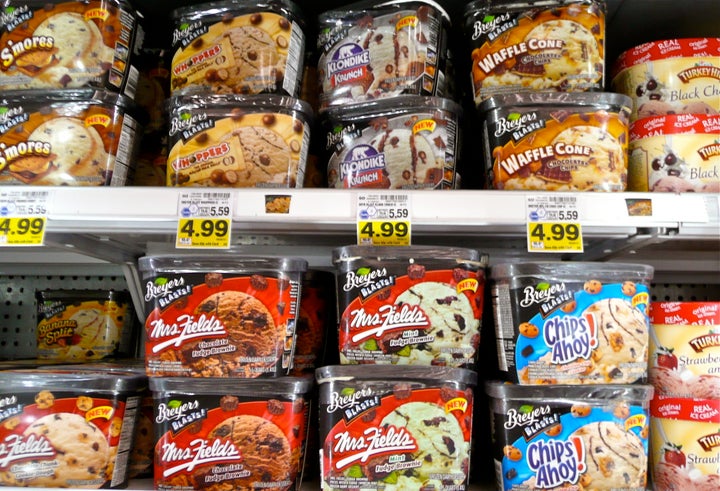Who knew ice cream could be so complicated?
At the apex of summer, just when we need ice cream most, we're reminded that an imposter lurks in the frozen case of the grocery store -- a lighter, fluffier concoction called "frozen dairy dessert."
But don't be fooled. We're here to help.

This non-ice cream wolf-in-sheep's-clothing, such as the Breyers Blasts! line, can't be considered ice cream according to the Food and Drug Administration's guidelines.
There are many specifics to the rules, but it mostly has to do with milkfats and something called overrun. A spokesperson for the FDA told the New York Times that to be considered genuine ice cream, the product must meet "specific levels of milk fat content, nonfat milk solids content, total solids in each gallon of ice cream, and total weight in each gallon of ice cream, while frozen dairy products do not.”
Milkfats are what give an ice cream the decadent richness you feel on your tongue, while overrun -- or the amount of air that is whipped into the ice cream base -- is what makes an ice cream thick and heavy or light and fluffy. More overrun makes for a lighter mixture.
While whipping air bubbles into ice cream is necessary for a smooth texture, it also helps stretch the ice cream base out. And without the FDA's guidelines, manufacturers might make some fluffy milk-and-sugar-based frozen treat and call it ice cream, when it isn't.
This is not to mention gelato and frozen custards, which you can read more about at Brandeating.com.
Now you know: the next time you shop for ice cream, make sure to read the fine print.
H/T BrandEating